Do you have a question about the APRILIA SR MAX 300 i.e. and is the answer not in the manual?
Details the layout of the vehicle's dashboard, identifying key components and controls.
Explains the speedometer, tachometer, warning lights, and indicator status.
Covers clock setting, trip odometer, mode selection, and maintenance icons.
Details key switch positions, steering lock operation, and releasing the lock.
Explains the operation of switches for lights, turn signals, and the horn.
Describes the function of the start-up and engine stop buttons.
Provides instructions for accessing the fuel tank and opening the saddle compartment.
Explains the anti-theft system, key recognition, and programming procedures.
Details how to locate and record the chassis and engine identification numbers.
Lists essential checks to perform before operating the vehicle for safety and performance.
Guides on safe refuelling and checking/maintaining correct tyre pressure.
Explains how to adjust the rear shock absorber preloading for different loads.
Provides instructions for starting the engine and guidelines for the initial running-in period.
Offers tips and recommendations for safe operation and handling of the scooter.
Explains alerts for personal safety, environmental protection, and vehicle integrity.
Covers checking engine oil level, topping up, and recommended oil change procedures.
Explains how to check and maintain the oil level in the rear hub.
Discusses tyre inspection for wear indicators and procedures for replacement.
Details procedures for spark plug replacement and air filter cleaning.
Guides on checking and maintaining the cooling fluid level and system.
Covers checking the brake fluid level and procedures for topping up.
Instructions for battery inspection, charging, replacement, and long-term storage.
Explains fuse box locations, specifications, and replacement procedures.
Details on front lights, bulb types, and replacement procedures.
Covers replacement procedures for brake light and turn indicator bulbs.
Information on disc brake wear, lever stroke, and system checks.
Instructions for dealing with a flat tyre and repair options.
Guides on proper methods for cleaning the vehicle's exterior.
Addresses common issues like starting failures, ignition, compression, braking, and transmission problems.
Provides key technical data for chassis, suspension, brakes, wheels, and weight limits.
Details engine capacity, power, torque, timing, and ignition system.
Lists required fluid volumes and types for engine oil, transmission, cooling, and fuel tank.
Describes the tools provided with the vehicle for basic maintenance and adjustments.
Advises on the use of original parts and accessories for safety and warranty.
Outlines recommended maintenance intervals and tasks for long-term vehicle health.
Lists recommended oils, greases, and fluids for maintenance and servicing.
Details the layout of the vehicle's dashboard, identifying key components and controls.
Explains the speedometer, tachometer, warning lights, and indicator status.
Covers clock setting, trip odometer, mode selection, and maintenance icons.
Details key switch positions, steering lock operation, and releasing the lock.
Explains the operation of switches for lights, turn signals, and the horn.
Describes the function of the start-up and engine stop buttons.
Provides instructions for accessing the fuel tank and opening the saddle compartment.
Explains the anti-theft system, key recognition, and programming procedures.
Details how to locate and record the chassis and engine identification numbers.
Lists essential checks to perform before operating the vehicle for safety and performance.
Guides on safe refuelling and checking/maintaining correct tyre pressure.
Explains how to adjust the rear shock absorber preloading for different loads.
Provides instructions for starting the engine and guidelines for the initial running-in period.
Offers tips and recommendations for safe operation and handling of the scooter.
Explains alerts for personal safety, environmental protection, and vehicle integrity.
Covers checking engine oil level, topping up, and recommended oil change procedures.
Explains how to check and maintain the oil level in the rear hub.
Discusses tyre inspection for wear indicators and procedures for replacement.
Details procedures for spark plug replacement and air filter cleaning.
Guides on checking and maintaining the cooling fluid level and system.
Covers checking the brake fluid level and procedures for topping up.
Instructions for battery inspection, charging, replacement, and long-term storage.
Explains fuse box locations, specifications, and replacement procedures.
Details on front lights, bulb types, and replacement procedures.
Covers replacement procedures for brake light and turn indicator bulbs.
Information on disc brake wear, lever stroke, and system checks.
Instructions for dealing with a flat tyre and repair options.
Guides on proper methods for cleaning the vehicle's exterior.
Addresses common issues like starting failures, ignition, compression, braking, and transmission problems.
Provides key technical data for chassis, suspension, brakes, wheels, and weight limits.
Details engine capacity, power, torque, timing, and ignition system.
Lists required fluid volumes and types for engine oil, transmission, cooling, and fuel tank.
Describes the tools provided with the vehicle for basic maintenance and adjustments.
Advises on the use of original parts and accessories for safety and warranty.
Outlines recommended maintenance intervals and tasks for long-term vehicle health.
Lists recommended oils, greases, and fluids for maintenance and servicing.
| Engine Type | Single-cylinder, 4-stroke, liquid-cooled |
|---|---|
| Displacement | 278 cc |
| Fuel System | Electronic Fuel Injection |
| Transmission | Automatic CVT |
| ABS | Yes |
| Front Tire | 120/70-15 |
| Front Suspension | Hydraulic fork |
| Rear Suspension | Double hydraulic shock absorber |
| Front Brake | 260 mm disc |
| Rear Brake | 240 mm disc |
| Rear Tire | 140/70-14 |
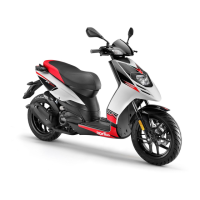

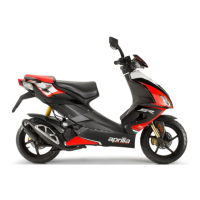
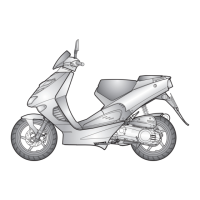
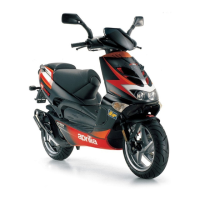
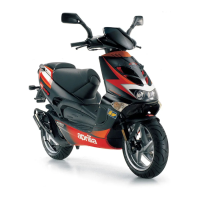
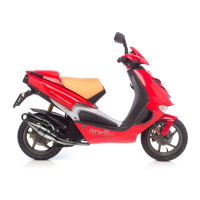

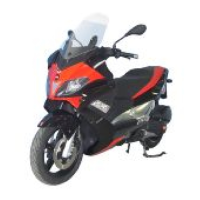
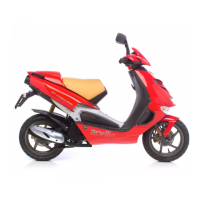
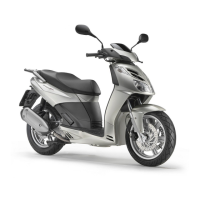
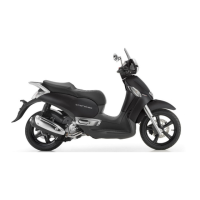
